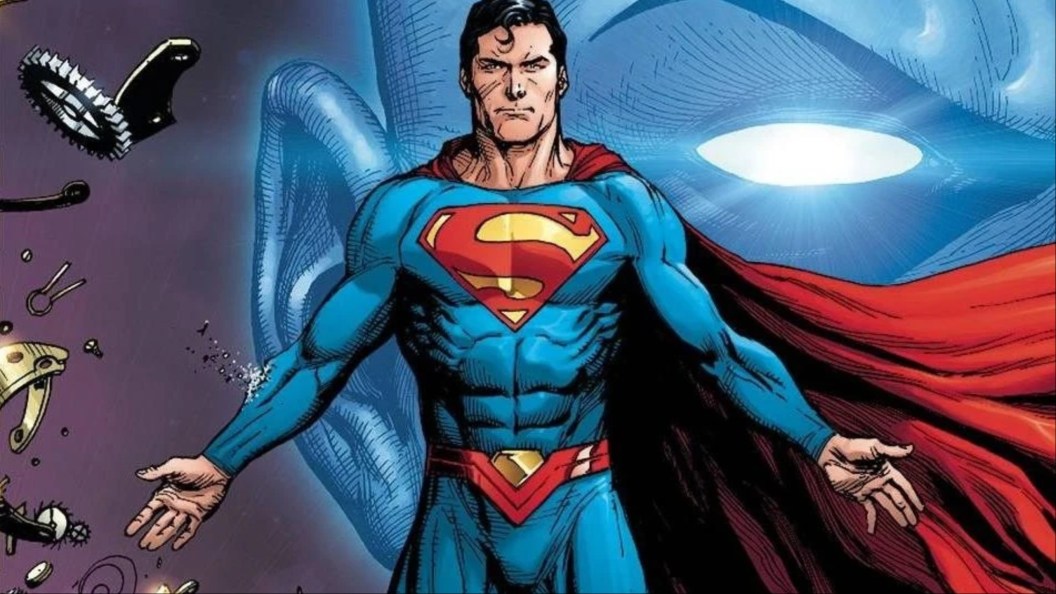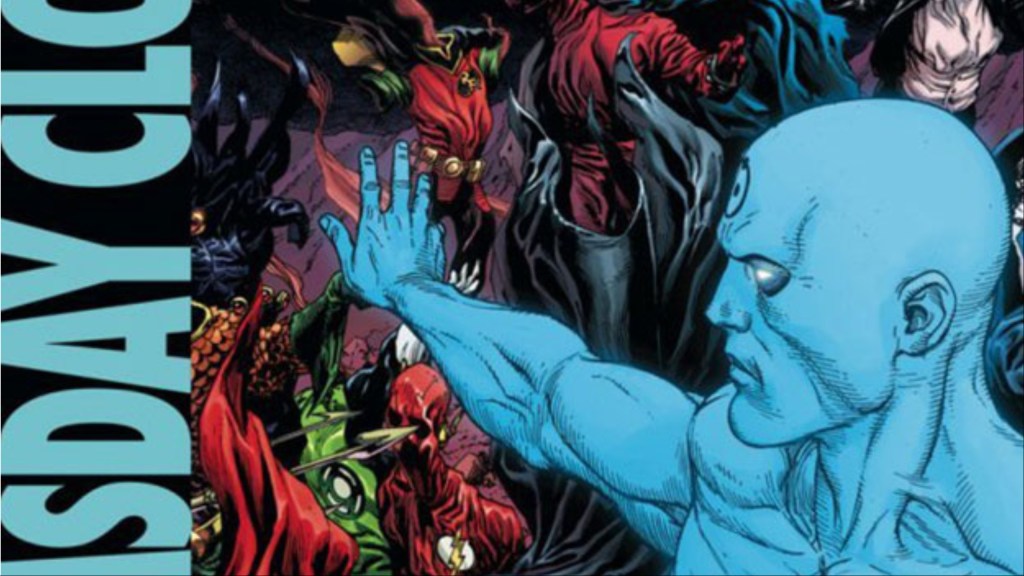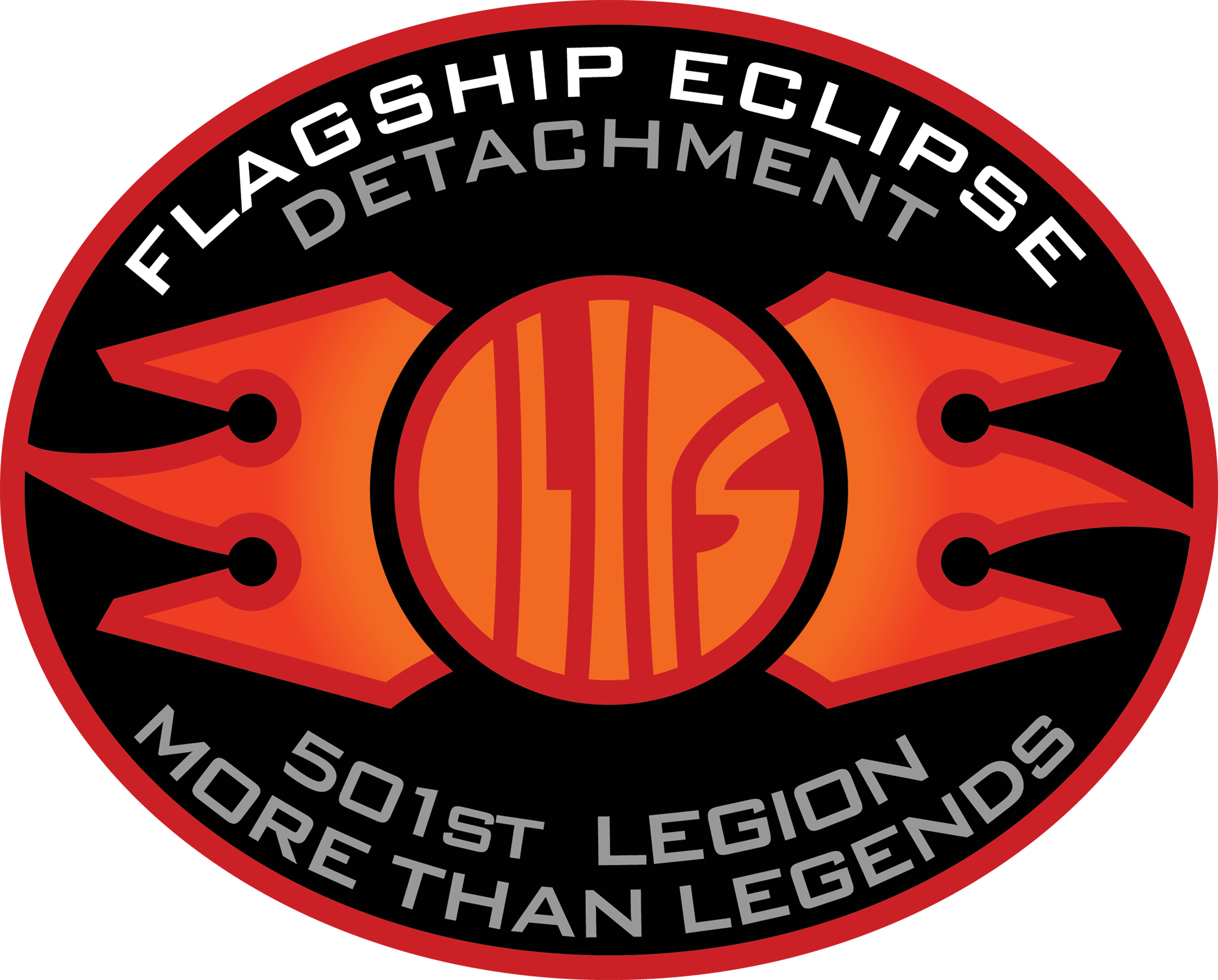
DC Comics has created some brilliant comics over the years, including the best of all time story contender Watchmen. Watchmen is a singular achievement, a book that changed the way comics were created in the years to come. Fans have gotten very precious about Watchmen over the years, getting mad at DC every time wanted to put out a prequel or a sequel. This was brought to a head in 2016, when DC decided to fix its tangled continuity in an entirely new way — using Doctor Manhattan to explain away the New 52. This controversial plot line led to a series that has been contentious with fans ever since its 2017 debut — Doomsday Clock, by writer Geoff Johns and artist Gary Frank. Doomsday Clock has something of a reputation among fans, and there are many out there who think the story is terrible. However, they’re all wrong about Doomsday Clock; it’s much, much better than it gets credit for.
Geoff Johns is one of DC’s greatest talents, having returned to the publisher in 2016 after spending years working in the movie corner of DC Comics. DC Universe Rebirth #1, the book that kicked off the DC/Watchmen crossover, was Johns’s newest attempt to redefine DC Comics, and fans were hyped for Doomsday Clock, especially with Frank on pencils. Johns and Frank had shown just how great they were together, but Doomsday Clock was ostensibly a failure. However, taking a closer look at the story reveals that it’s a great — yet flawed — comic.
Doomsday Clock Had the Deck Stacked Against It

Doomsday Clock was damned if it did and damned if it didn’t. DC Universe Rebirth #1 was another book that used Johns’s favorite DC idea — the return of hope to the DC Multiverse — and used Watchmen as the reason why DC had changed so much over the years, with Doctor Manhattan having changed time and reality as part of an experiment. However, there was a meta reasoning behind that as well; Watchmen brought mature, dark storytelling to comics, and that changed everything, including DC. This was one of the reasons that Doomsday Clock was so exciting for the fans who wanted it; it was a story that combined in-universe and meta storytelling in the smartest way possible. However, there were a lot of fans who weren’t willing to give Doomsday Clock a chance, mostly because of Watchmen. Honestly, there really was no reason for the DC Multiverse to cross over with Watchmen, and a lot of fans were very angry that Doomsday Clock even existed. The most diehard Watchmen fans were completely against DC using Watchmen in any way — all because of the fight over the rights to the story between DC and Alan Moore — and they were especially angry about a crossover. This controversy defined Doomsday Clock in the eyes of many, but it wasn’t the last problem the book would have. Johns and Frank’s book was ridiculously behind schedule and this ruined any impact the story was planned to have. Doomsday Clock was doomed.
RELATED: The 10 Best Comic Books Ever, Ranked
However, Doomsday Clock is a much better story than it gets credit for. I’ll readily admit that there’s problems with the book — a lot of the first half of the story felt like filler and Johns’s copying of Moore’s Watchmen writing style never landed as well as he assumed it would — but it’s still a very entertaining story. Johns does a pretty good job of setting up the story — Mime and Marionette are a highlight of the book — and the art is fantastic. However, what really made the book work was the way it contrasted Superman and Doctor Manhattan. These two characters were complete opposites and Doomsday Clock was able to show that, while also showing the effect Superman’s purity had on Doctor Manhattan. Doomsday Clock #12 is an amazing comic, outlining why Superman is such an important character. It also contained the returns of the Justice Society and Legion of Superheroes, two superhero teams that represent the old way superheroes comics were before Watchmen. Doomsday Clock #10 is also fantastic, showing that Johns at least understood how to make a Moore-style story work, showing the way Doctor Manhattan changed over the course of the story. The Superman Project, revealing that the US government played a huge role in creating the metahuman community, was a cool idea that had to be abandoned by the greater DC Multiverse because of the delays. Setting up Khandaq as a metahuman refuge was another good idea. I’ve always wondered exactly how DC would have changed if Doomsday Clock‘s delays didn’t mess everything up, but we’ll never know.
Doomsday Clock Isn’t a Masterpiece But It’s Actually Quite Good

Doomsday Clock is a huge missed opportunity. While the book’s controversies were always going to make it contentious, one can’t deny that the story was well built up and had the potential to completely change DC forever. Doomsday Clock was never going to match Watchmen or be a proper sequel to it. However, other than a few problems, Doomsday Clock is, overall, a good book that has a few great moments. Re-reading it in one sitting definitely helps the perception of the book; it’s easier to see the craft that Johns putting into making story work. Not everything lands, but that’s more normal in comics than most people want to admit. Doomsday Clock is a pretty great superhero comic and it does a pretty good job of telling its story.
I can understand why people feel the way they do about Doomsday Clock, but I think a lot of those readers walked into it with a bias against it. Reading it now shows it for what it is — an ambitious story that couldn’t always live up to what it tried to be. Doomsday Clock deserves another look from the fans who never wanted to give it a chance. It’s an important part of the history of DC Comics and has lot more good than bad.
How do you feel about Doomsday Clock? Sound off in the comments below.
The post Everyone’s Wrong About DC’s Doomsday Clock (& I Will Die On That Hill) appeared first on ComicBook.com.

